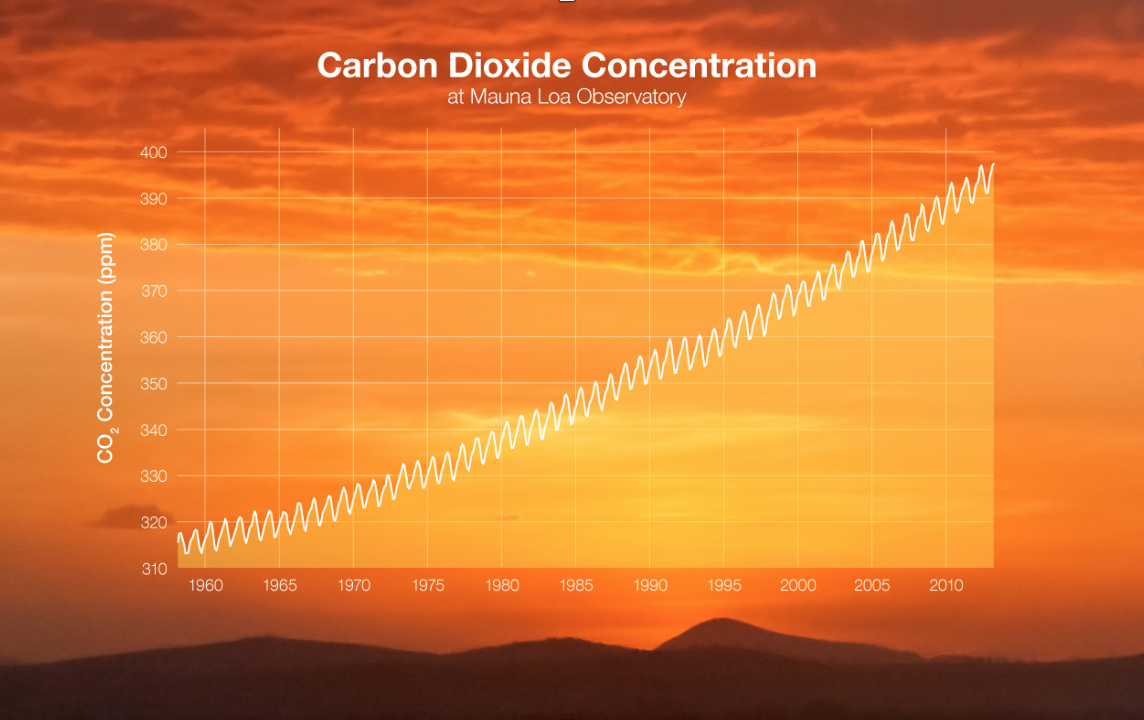The Scientific Method and Climate Change
According to the Arctic Climate Impact Assessment, over the past 30 to 50 years the western and central Canadian Arctic have experienced a general warming, most dramatically during winter months, of approximately 2 – 3°C. Although significant cooling (-1.0 to -1.5°C) was reported for the period of 1950–1998 for the extreme northeast regions, warming is now reported for recent years. As well, community residents, Inuit and First Nations hunters and Elders have reported significant warming throughout the North in recent decades, corroborating these scientific observations and describing the impacts these changes have already had. Combining both Western scientific measurements and local traditional and observed knowledge, these climatic changes have led to significant decreases in the extent and thickness of winter sea ice throughout Canadian Arctic waters, melting and destabilization of permafrost, increased coastal erosion of low-lying areas, and shifts in the distribution and migratory behaviour of some Arctic wildlife species. The current and future implications of these changes for human communities in the North are far-reaching.
The complex changes in northern climate and environmental systems observed to date require greater understanding and involvement by individuals and institutions to accurately assess the impacts of these changes on the health of some of Canada’s most vulnerable populations and to aid in the development of effective adaptation strategies to minimize risks to health in this region.
While you have likely studied the scientific method of objective inquiry in school, let's review, with Arctic Climate Change context, the methodology used by scientists.
How Scientists Know
Starting in 1958, Charles Keeling used the scientific method to take meticulous measurements of atmospheric carbon dioxide (CO2) at Mauna Loa Observatory in Waimea, Hawaii. This graph, known as the Keeling Curve, shows how atmospheric CO2 has continued rising since then.

The scientific method is the gold standard for exploring our natural world. You might have learned about it in grade school, but here’s a quick reminder: It’s the process that scientists use to understand everything from animal behaviour to the forces that shape our planet, including climate change.
“The way science works is that I go out and study something, and maybe I collect data or write equations, or I run a big computer program,” said Josh Willis, principal investigator of NASA’s Oceans Melting Greenland (OMG) project mission and oceanographer at NASA’s Jet Propulsion Laboratory.
The scientific method is used to learn something about how the world works.
Using the scientific method, scientists have shown that humans are extremely likely the dominant cause of today’s climate change.
The story goes back to the late 1800s, but in 1958, for example, Charles Keeling of the Mauna Loa Observatory in Waimea, Hawaii, started taking meticulous measurements of carbon dioxide (CO2) in the atmosphere, showing the first significant evidence of rapidly rising CO2 levels and producing the Keeling Curve climate scientists know today.
Since then, thousands of peer-reviewed scientific papers have come to the same conclusion about climate change, telling us that human activities emit greenhouse gases into the atmosphere, raising Earth’s average temperature and bringing a range of consequences to our ecosystems. The weight of all of this information taken together points to the single consistent fact that humans and our activity are warming the planet.
Review of the Scientific Method
The exact steps of the scientific method can vary by discipline, but since we have only one Earth (and no “test” Earth), climate scientists follow a few general guidelines to better understand carbon dioxide levels, sea level rise, global temperature and more.
- Form a hypothesis (a statement that an experiment can test)
- Make observations (conduct experiments and gather data)
- Analyze and interpret the data
- Draw conclusions
- Publish results that can be validated with further experiments (rinse and repeat)
As you can see, the scientific method is iterative (repetitive), meaning that climate scientists are constantly making new discoveries about the world based on the building blocks of scientific knowledge.

Copyright © All Rights Reserved

